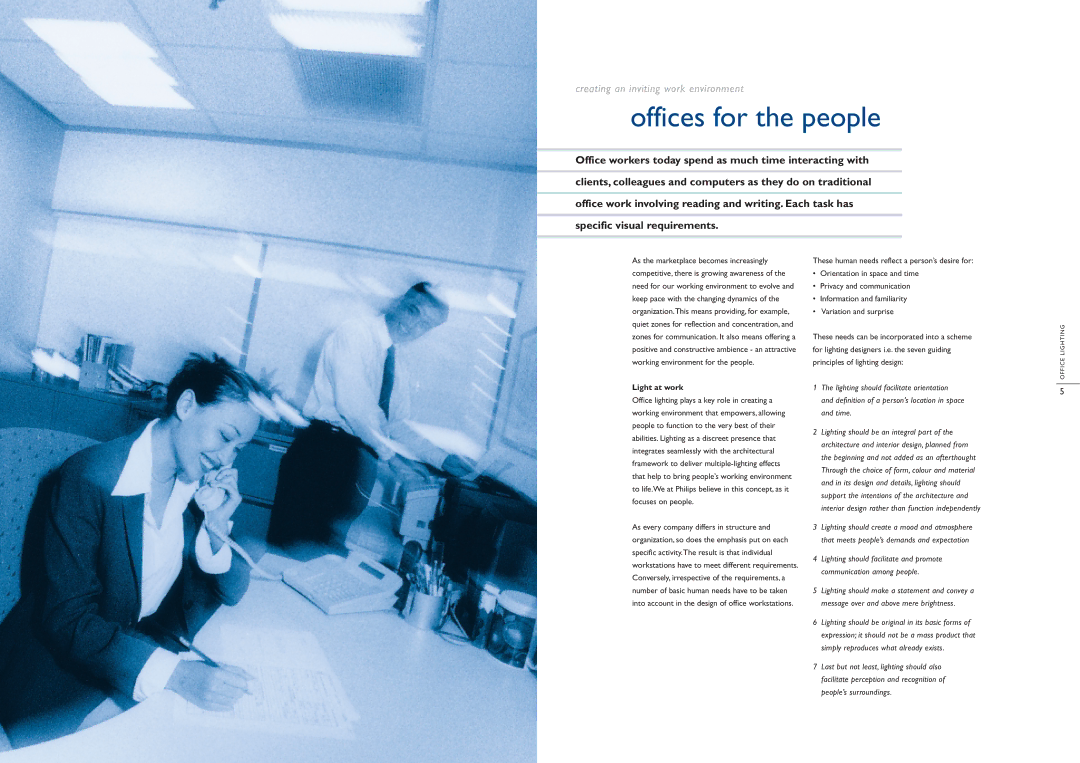Office Lighting specifications
Philips Office Lighting has established itself as a leader in the realm of workplace illumination, consistently combining cutting-edge technology with sustainable practices to enhance the overall workplace experience. This lighting solution is not merely about brightness; it's designed to foster an environment that promotes productivity, well-being, and creativity among employees.One of the main features of Philips Office Lighting is its use of energy-efficient LED technology. These LED solutions consume significantly less energy than traditional lighting options, which translates to reduced operational costs and a lower carbon footprint. Moreover, LEDs have a longer lifespan, which means less frequent replacements and maintenance, ultimately providing both economic and environmental benefits.
In addition to energy efficiency, Philips offers a variety of lighting designs that cater to diverse workspace needs. From ambient lighting that creates a welcoming atmosphere to task lighting that focuses on specific work areas, the versatility of Philips products is remarkable. Their luminaires are available in various styles, sizes, and configurations, allowing businesses to create personalized lighting schemes that suit their unique environments.
A notable characteristic of Philips Office Lighting is the integration of smart lighting technologies. With the advent of the Internet of Things (IoT), Philips has developed systems that allow for real-time monitoring and control of lighting. This means that companies can adjust light levels according to occupancy, natural light availability, or specific tasks, leading to enhanced energy savings and improved user comfort. For instance, incorporating daylight sensors ensures that artificial lighting is automatically adjusted based on the amount of natural light infiltrating the office, optimizing both energy use and comfort.
Furthermore, Philips emphasizes the importance of human-centric lighting. Their products often feature tunable white technology that allows users to change the color temperature of the light throughout the day. This flexibility not only accommodates different tasks but also mimics natural daylight, which can positively affect mood and productivity.
Lastly, Philips Office Lighting is designed with sustainability in mind. Their products are often crafted from recyclable materials, and they adhere to stringent environmental standards, aligning with the growing demand for eco-friendly solutions in modern workplaces. By choosing Philips, organizations are not only investing in superior lighting but are also making a commitment to sustainability.
In summary, Philips Office Lighting stands out through its innovative technologies, energy efficiency, design versatility, smart capabilities, and dedication to sustainability. It creates an engaging work atmosphere that caters to the needs of modern businesses, enhancing productivity while promoting well-being in the workplace.

